
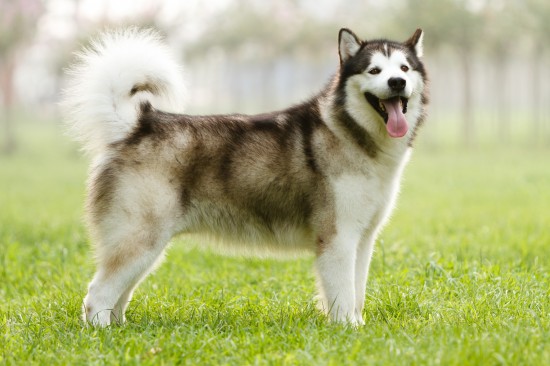
The Alaskan Malamute is considered to be one of the healthier breeds around boasting an average life span of anything between 11 to 12 years. With this said, like many other pedigree dogs, they do tend to suffer from a few hereditary health disorders as well as certain acquired conditions which are always worth knowing about if you own one of these dogs or are thinking about getting one.
Knowing about a condition and recognising the early signs there may be a problem means a much better prognosis because just like in humans, the earlier a disorder is diagnosed and treated the more chance your dog has of being successfully treated. Below is a list of health disorders more frequently seen in Alaskan Malamutes although not every dog will develop any of the conditions during the course of their lives.
Another condition that commonly affects the Alaskan Malamute hip dysplasia is caused by the abnormal development of the hip joint which typically occurs when dogs are still growing. Dogs with the condition tend to be extremely lame and in severe cases, arthritis sets in debilitating a dog's movement even more. Veterinary attention should be sought if you are at all worried about your dog because the sooner the condition is diagnosed, the sooner your pet would be made more comfortable.
This is a condition where the cartilage does not grow property and which often leads to a dog suffering from dwarfism.
Unfortunately, there is no screening test for this condition which is a nervous disorder where dogs including Alaskan Malamutes, lose all coordination which results in weakness in affected dogs.
Haemophilia A is a blood clotting disorder that leads to excessive and often uncontrollable bleeding. The condition affects male dogs only so it's really important to check with breeders to make sure none of the lines they use in their breeding programmes suffer from the condition. It is also worth noting that although males are affected by the condition, females may well be carriers too.
This condition is a blood clotting disorder where bleeding is not stemmed due to a deficiency of the coagulation factor IX. This can result in uncontrollable bleeding whether internal or external. Dogs with the "bad" gene should be neutered or spayed because even if females are only mildly affected by the "bad gene", they can transmit the disorder on to their puppies.
Other names for this condition are Angiohaemophilia, Pseudohaemophilia and Vascular haemophilia. It is a blood clotting disorder which can lead to excessive and uncontrollable bleeding both internally and externally.
The Alaskan Malamute can suffer from hypothyroidism which if left untreated can seriously impact their quality of life. The condition may cause a whole lot of other health issues including epilepsy and several skin disorders too.
Progressive Retinal Atrophy – PRA, is an eye disease where gradual loss of vision occurs and as such any dog diagnosed as suffering from the condition would need to undergo an annual eye test. This allows vets to monitor how the condition is progressing which in turn means they can recommend future therapies and treatments.
This is a condition where normal growth of the cartilage found in a dog's joints does not develop properly and it typically affect elbows but can affect shoulders too. It is a painful disorder that causes joints to stiffen which restricts a dog's movement considerably. Dogs as young as 4 month old can be affected and it's thought that an incorrect diet that's too rich in proteins may be partly responsible for them developing the condition.
This is a condition that affects both eyes and is an hereditary disorder. It's the outer part of the eye called the cornea that's most affected and it's a condition that's commonly seen in dogs including Alaskan Malamute.
An extremely painful eye disorder which results in blindness if left untreated.
The Alaskan Malamute tends to suffer from cataracts more than other Spitz type dogs which means regular check-ups at the vet is crucial.
This is a condition that affects the Alaskan Malamute and is a disorder that causes an insulin deficiency. Dogs with the condition would be put on special diets and their exercise routines carefully planned so that insulin demands are lowered.
This is a condition where there's an excess of cartilage growth paired with an abnormal bone growth that affects many large and giant breed dogs including the Alaskan Malamute. Vets normally recommend corrective surgery although there are some drugs and medicines that have been seen to be effective at limiting the amount of cartilage damage that occurs in dogs with the condition.
Pituitary Dwarfism is a lifelong condition and is commonly seen in certain breeds including Spitzes. The type of treatment a vet would recommend really does depend on the root cause of the disorder.
This is a condition that affects a dog's nervous system and where dogs typically sleep for longer periods during the daylight hours. They also lack vitality and will lose consciousness for short periods of time. Vets would need to find out if anything in a dog's environment might be responsible for triggering any attacks and then eliminate them. Although, the attacks might seem severe, they are not however life threatening, but with this said, it is very important to make sure a dog suffering an episode does not end up choking.
If you are planning to get a puppy, it's really important to contact a well established and reputable breeder because they will have carefully selected the dogs and bitches they breed from. This reduces the chances of any puppies developing any of the conditions mentioned above although it's always worth bearing in mind that the "bad" genes responsible for many of the hereditary disorders seen in Alaskan Malamutes are able to skip a few generations.
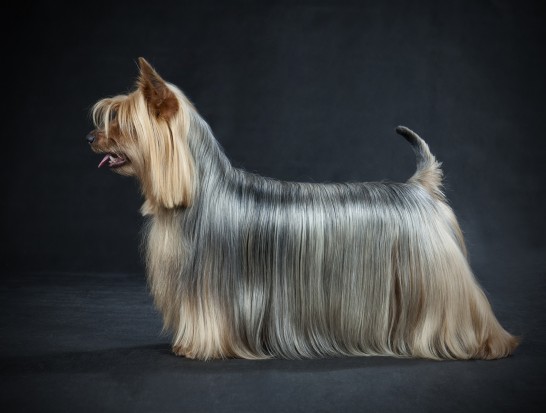 Is An Australian Silky Terrier The Right Choice Of Dog For You?
Is An Australian Silky Terrier The Right Choice Of Dog For You?
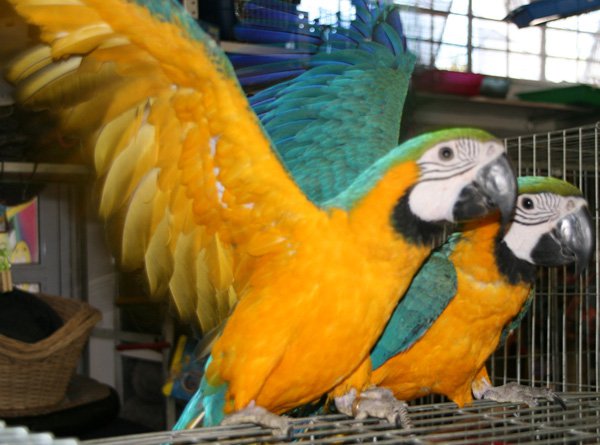 Dog Gear and Accessories for Training
Dog Gear and Accessories for Training
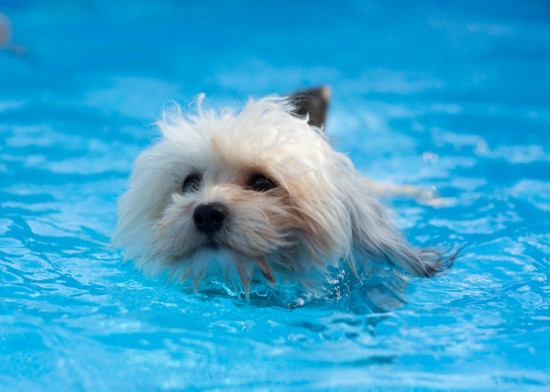 Teaching Your Dog To Swim
Teaching Your Dog To Swim
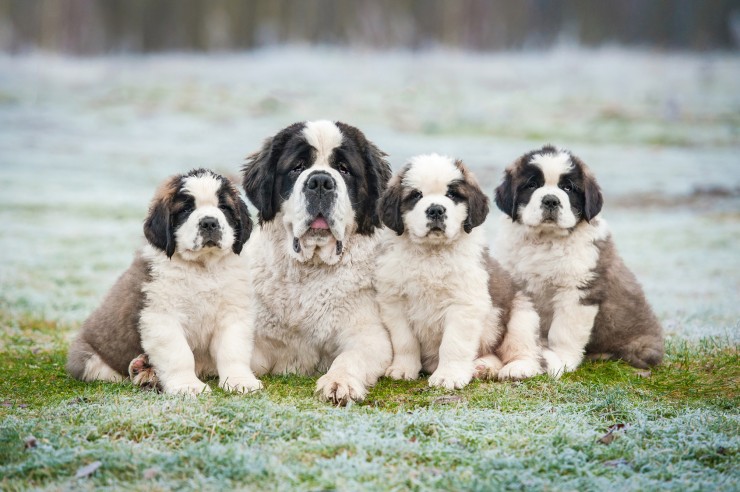 Defra Consultation On Tougher Licence Controls For The Breeders And Sellers Of Puppies
Defra Consultation On Tougher Licence Controls For The Breeders And Sellers Of Puppies
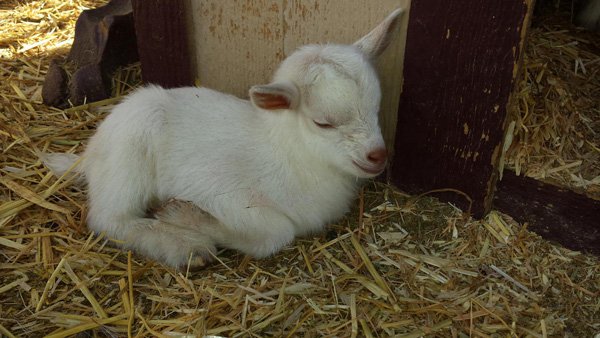 Different Ways To Find A Shih Tzu Puppy For Sale
Different Ways To Find A Shih Tzu Puppy For Sale
 Thinking About Getting A New Kitten?
Thinking About Getting A New Kitten?
 Training And Managing A Doberman Pinscher
Training And Mana
Training And Managing A Doberman Pinscher
Training And Mana
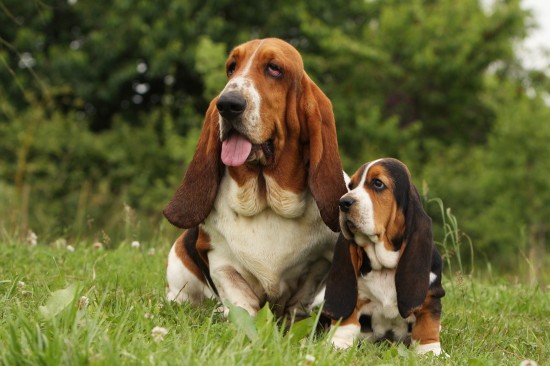 High Profile Dog Breeds And Their Health
High Profile Dog
High Profile Dog Breeds And Their Health
High Profile Dog
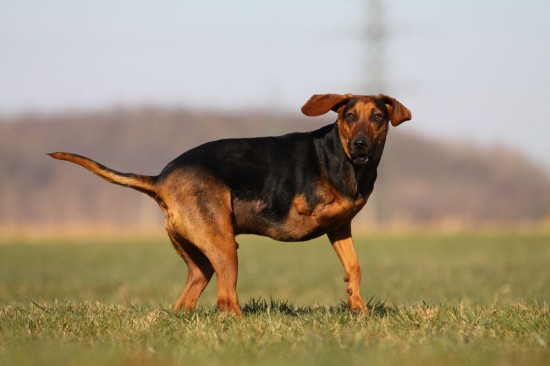 4 Very Good Reasons To Adopt A Handicapped Dog
4 Very Good Reaso
4 Very Good Reasons To Adopt A Handicapped Dog
4 Very Good Reaso
 April Is National Pet Month In The Uk
April Is National
April Is National Pet Month In The Uk
April Is National
 Is A Springer Spaniel The Right Choice Of Dog For You?
Is A Springer Spa
Is A Springer Spaniel The Right Choice Of Dog For You?
Is A Springer Spa
Copyright © 2005-2016 Pet Information All Rights Reserved
Contact us: www162date@outlook.com